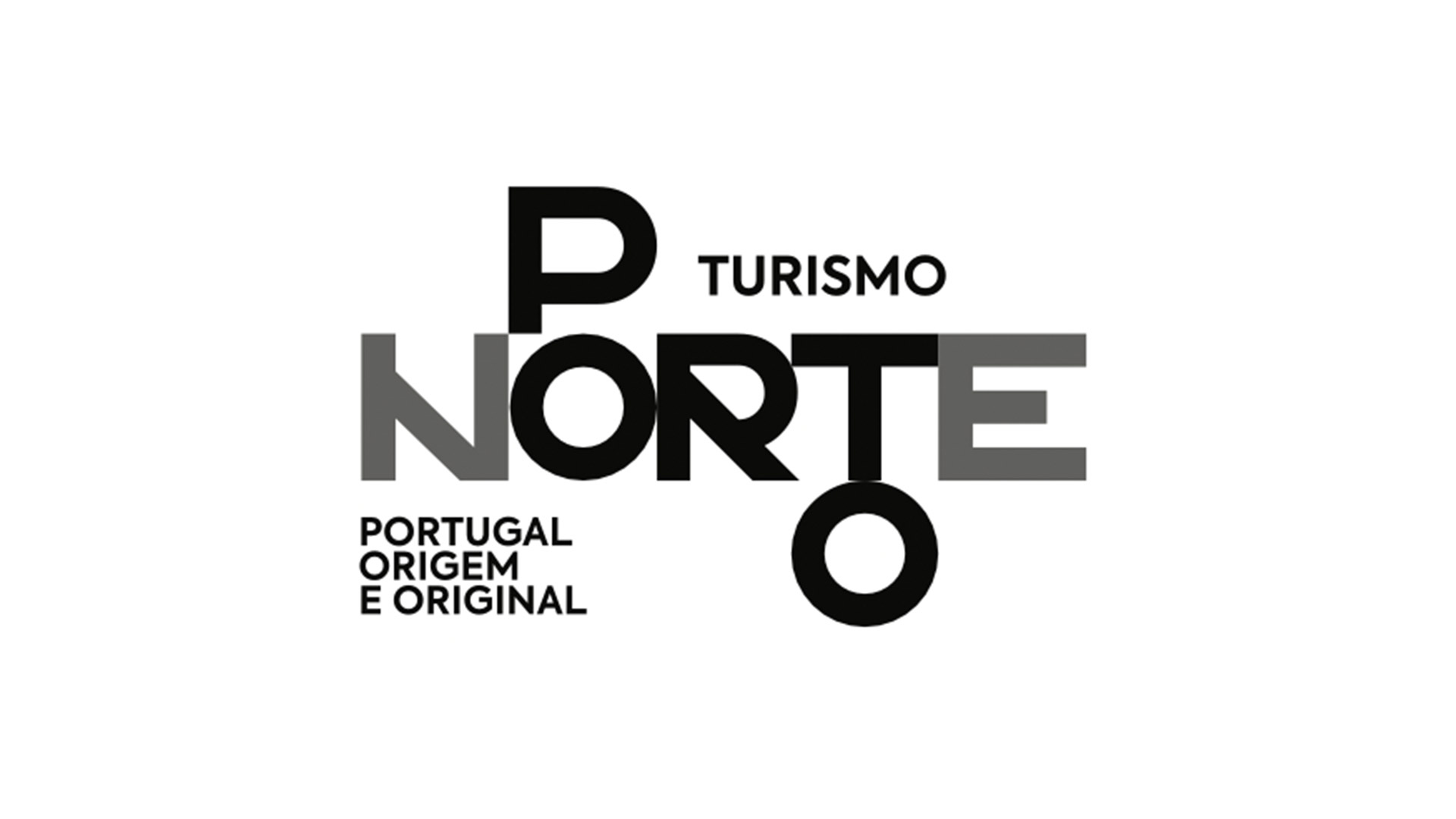THE REGION
A territory that unites us all!
Located in northeastern Portugal, in the Douro River basin, surrounded by mountains that provide unique mesological and climatic characteristics, the region covers a total area of about 250,000 hectares and is divided into three naturally distinct sub-regions, not only due to climatic factors but also socio-economic ones.
These characteristics in the Douro region condition the economic use of natural resources and the activities carried out there.
In the past, vine cultivation was mainly concentrated in Alto Douro, and at that time, the term 'Alto Douro' was used to refer to the wine region that is now Baixo and Cima Corgo.
One of the original demarcation boundaries separated Alto Douro from Douro Superior, at the Cachão da Valeira area. This division was due to a geological accident (the granite monolith in the river that prevented navigation on the Douro River upstream of that obstacle). The difference between the two zones was evident, with vine cultivation being more prominent in Alto Douro.
Later, with the removal of the granite block during the reign of Queen Maria, vine cultivation expanded to the east, although Douro Superior still had less importance in vine cultivation compared to Alto Douro.
With the administrative reform of 1936, the Alto Douro region itself was designated as Baixo Corgo and Alto Corgo, and this subdivision also serves the purpose of differentiating the wines produced in each sub-region.
The vineyard area is more significant in Baixo Corgo, occupying about 29% of the total area of this sub-region, which extends from Barqueiros on the North bank to Barrô on the South bank, until the confluence of the Corgo and Ribeiro de Temilobos rivers with the Douro.
Cima Corgo extends upstream to Cachão da Valeira, with a smaller cultivated vineyard area. Douro Superior continues until the border with Spain.
Text and image taken from the Institute of Douro and Porto Wines.












